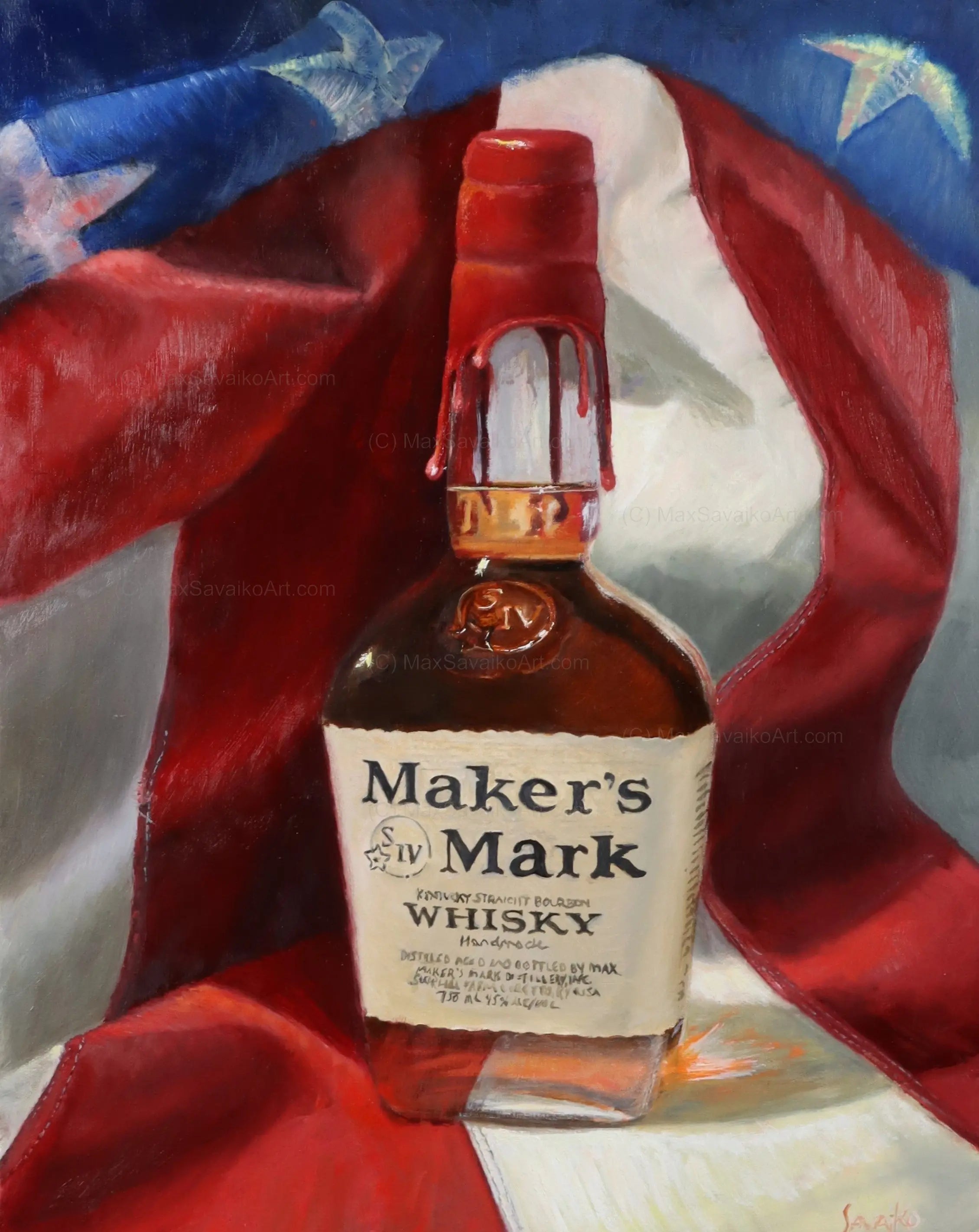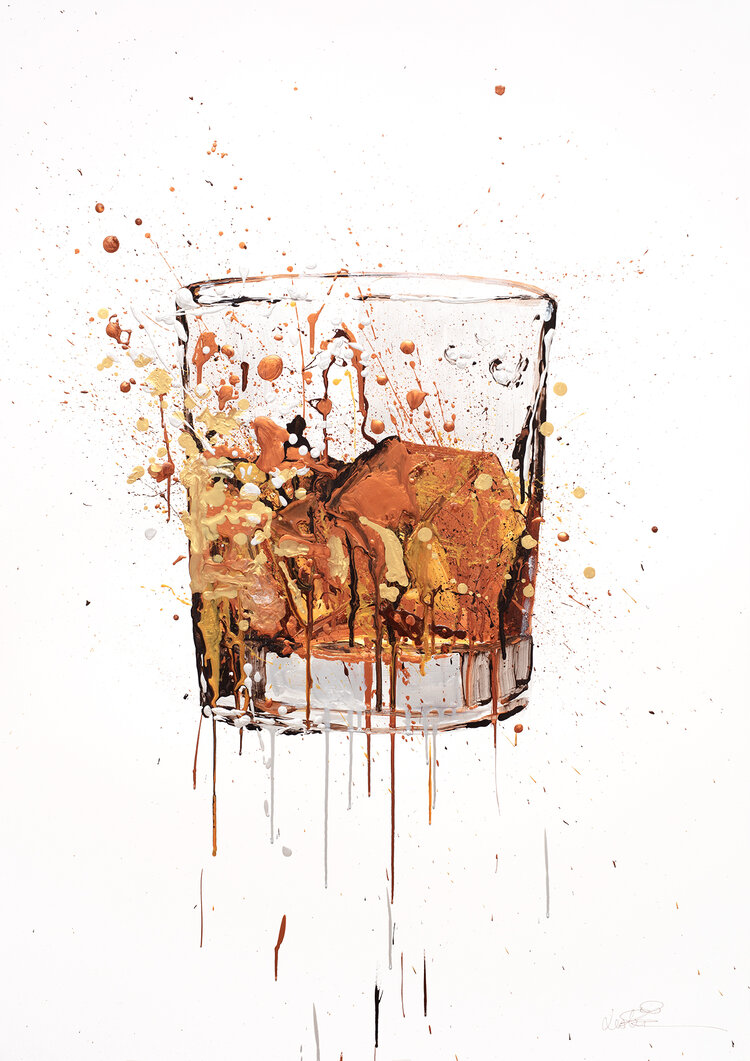Bourbon Art in Contemporary Society: Where Practice Satisfies Development
Bourbon Art in Contemporary Society: Where Practice Satisfies Development
Blog Article
The Importance of Whiskey Art in Celebrating Heritage and Workmanship in the Beverage Industry
The elaborate connection between whiskey art and the event of heritage and workmanship within the beverage industry can not be overstated. Through attentively developed labels and bottles, whiskey brand names envelop their historical origins and the artisanal skills that define their production approaches. This artistic measurement not just boosts market charm however additionally serves as a conduit for social storytelling, promoting a deeper link between the customer and the craft. As we explore the numerous facets of this topic, fascinating inquiries regarding the effect of modern patterns on conventional practices occur, prompting more assessment.
The Historic Origins of Whiskey
At the heart of bourbon's appeal exists a rich tapestry of historical origins that trace back to old people. The origins of scotch can be linked to the distillation techniques of the Sumerians and Babylonians around 2000 BCE, where early kinds of fermented grain drinks started to emerge. It was in the Center Ages that the art of distillation developed dramatically, particularly in Ireland and Scotland, leading to the creation of bourbon as we understand it today.
The term "scotch" itself obtains from the Gaelic word "uisce beatha," indicating "water of life." This expression highlights the cultural importance of bourbon in Celtic societies, where it was typically related to routines, parties, and common bonding. By the 15th century, distillation became an identified craft within monastic communities, paving the method for the facility of legal distilleries.
As trade routes broadened, whiskey's popularity expanded, going beyond local limits and catching the interest of connoisseurs worldwide. Bourbon Art. This historic trip shows not only the craftsmanship behind bourbon manufacturing but also its essential duty in social and cultural contexts, marking it as a considerable drink throughout background
Artistic Expression in Branding
Bourbon branding stands as an engaging intersection of virtuosity and business, where visual identification plays a crucial function in forming consumer understanding. The appearances of scotch labels, packaging, and marketing materials mirror not just the brand's tale but likewise its core values and heritage. Via imaginative expression, distilleries share a narrative that resonates with consumers, evoking feelings and sparking connections.
Making use of shade, typography, and images in branding offers to separate items in a saturated market. Standard themes might evoke a sense of authenticity and craftsmanship, while modern-day layouts can signify development and forward-thinking. This tactical imaginative instructions enhances brand recognition and loyalty, enabling customers to build a personal connection with the whiskey they select.
In addition, creative expression in branding commonly acts as a celebration of regional heritage. Distilleries regularly integrate regional icons or historic recommendations into their styles, producing a local color that invites consumers to take part in a broader cultural experience. Ultimately, the creativity behind bourbon branding not just boosts aesthetic allure however also enhances the total narrative of the brand name, fostering a deeper admiration for the craftsmanship and heritage ingrained in each bottle.
Workmanship in Bottle Style
The creativity evident in bourbon branding expands beyond visual identification to encompass the workmanship involved in container layout. Each bottle offers as a vessel not just for the spirit within, but also for the tale it outlines its quality, beginning, and practice. The style procedure requires thorough interest to information, as aspects such as form, closure, and product contribute significantly to the total assumption of the scotch.
Craftsmanship in bottle style involves picking top notch glass that can improve the bourbon's color and clarity, while also supplying a tactile experience for the consumer. The shape of the container have to be both functional and visually attractive, frequently mirroring the heritage of the brand. Several distilleries go with special forms or embossed logos that stimulate a sense of authenticity and background.
Moreover, the tag layout and typography play an important duty click in connecting the brand name's story. Bourbon Art. A well-crafted bottle not just astounds the customer's eye but likewise reinforces the brand's commitment to high quality and tradition. By doing this, the workmanship of container style becomes a vital element of the bourbon experience, combining creativity with an extensive regard for heritage
Cultural Importance of Whiskey Art
Commemorating custom and workmanship, the social value of bourbon art transcends mere visual appeals, linking with the historical and social narratives of the areas where it originates. Each container serves as a canvas, showing the special stories, folklore, and customs that have actually shaped regional whiskey-making methods. The elaborate styles commonly reflect the heritage of the distillers, incorporating symbols and themes that reverberate with the culture and values of their communities.

On top of that, bourbon art plays an essential duty in public events and events, serving as a tangible link between people and their shared experiences. By valuing the virtuosity in whiskey packaging, consumers grow a deeper understanding and respect for the craft, ultimately improving their satisfaction of the beverage itself.
Modern Trends in Whiskey Presentation
In the last few years, the discussion of whiskey has progressed to reflect modern preferences and trends while still recognizing conventional craftsmanship - Realism Art. Distilleries are increasingly concentrating on visual components that enhance the general alcohol consumption experience, bridging the space in between heritage and modernity
Cutting-edge container styles have actually arised, often including sustainable materials and imaginative tags that inform engaging tales. Several brand names now work together with local artists, infusing their products with distinct visual expressions that reverberate with consumers. Furthermore, limited-edition releases are usually packaged in collectible containers, adding worth and charm for aficionados.

Conclusion
To conclude, bourbon art works as an essential conduit for expressing the heritage and craftsmanship fundamental in the beverage market. Via elaborate branding, innovative container layouts, and culturally significant imaginative aspects, whiskey use this link brands properly honor their traditions and attach with customers. This creative narrative not just elevates the appreciation of scotch however likewise enhances area identification and satisfaction amongst manufacturers. Inevitably, bourbon art plays an important function in preserving and commemorating the abundant cultural tapestry of whiskey-making.


Craftsmanship in bottle style includes selecting top quality glass that can enhance the whiskey's color and quality, while likewise giving a responsive experience for the consumer. In this method, the craftsmanship of bottle layout ends up being a vital facet of the whiskey experience, merging artistry with an extensive regard for heritage.
In final thought, bourbon art go now offers as a crucial avenue for expressing the heritage and workmanship fundamental in the drink sector.
Report this page